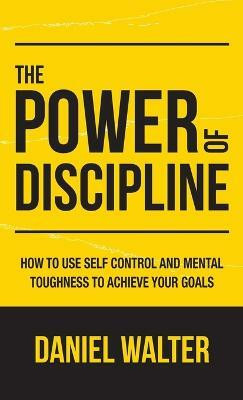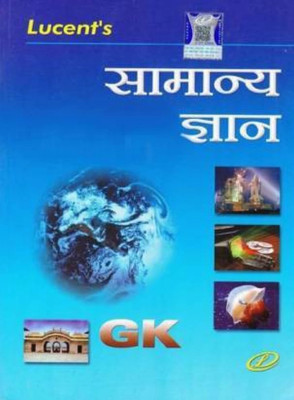
A Tender Age (English, Hardcover, Maclehose William)
Share
A Tender Age (English, Hardcover, Maclehose William)
Be the first to Review this product
₹9,662
₹14,553
33% off
Available offers
T&C
T&C
T&C
T&C
Delivery
Check
Enter pincode
Delivery by13 Sep, Saturday
?
View Details
Highlights
- Language: English
- Binding: Hardcover
- Publisher: Columbia University Press
- Genre: History
- ISBN: 9780231142564, 0231142560
- Pages: 264
Seller
Description
Beginning in the early thirteenth century, the burial of a child became an event of dramatic consequence. Child death took on a symbolic power, with great concern expressed over the fate of the body. William F. MacLehose follows the evolution of this social anxiety during the twelfth and thirteenth centuries, an anxiety focused on images of children's vulnerability and susceptibility to external threats. Employing a wide range of sources, including historical chronicles, medical writings, Marian legends, hagiography, and popular theological texts, MacLehose advances four important discussions of childhood that directly link fragility with other sources of cultural anxiety: medical writers who began to articulate an increasingly paradoxical view of women's bodily fluids--milk and menstrual blood--as simultaneously essential and potentially fatal to the survival of the fetus and the newborn; doctrinal debates on the fate of children who died before baptism; accusations against Jews, who were charged with the ritual murder of Christian children; and the so-called Children's Crusade of 1212, which was justified on the basis that corruption was an inevitable part of a child's growth.
Read More
Specifications
Book Details
| Imprint |
|
Dimensions
| Width |
|
| Height |
|
| Length |
|
| Weight |
|
Be the first to ask about this product
Safe and Secure Payments.Easy returns.100% Authentic products.
Back to top






